Allisonkitten - Here, Have Some Space
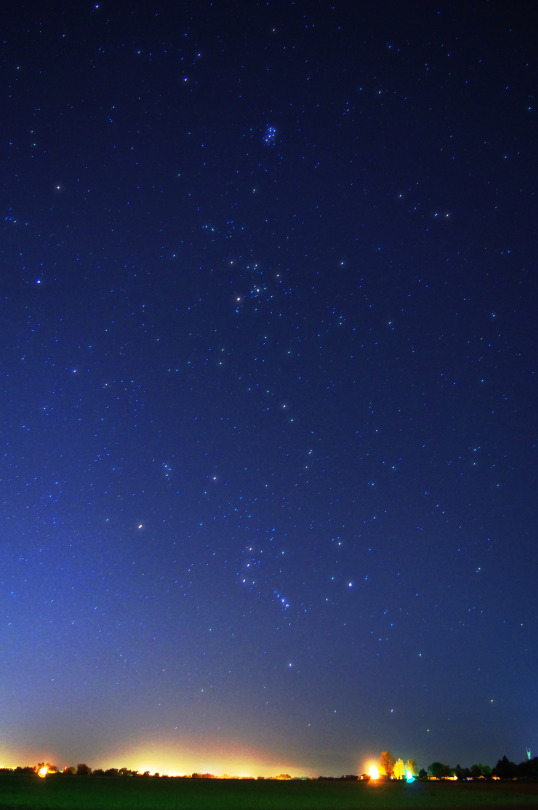
More Posts from Allisonkitten and Others
Our sister galaxy
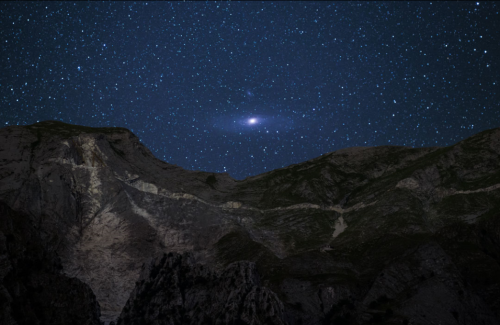
Andromeda Rising
Three Badass Subfields of Astronomy: Astrobiology, Astrochemistry, and Astrophysics
I’ve been receiving a lot of messages from people curious to know the differences between these subfields of astronomy. So, I’ve written a post giving a simple definition and a brief description of what’s involved in each.
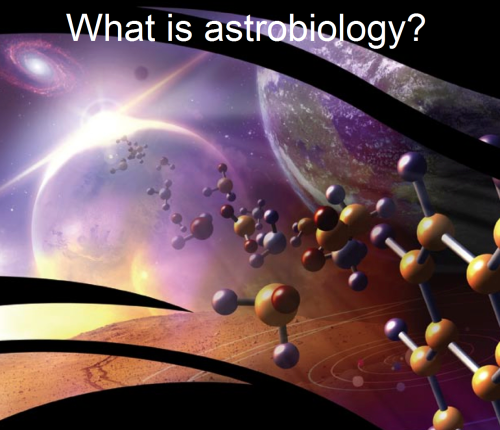
Astrobiology (also known as exobiology) is the study of the origin, evolution, and distribution of life here on Earth and—more importantly—the entire universe. Using existing origin theories and models, this relatively new branch of astronomy is primarily focused on analyzing and discovering the amazing possibility of extraterrestrial life.
Astrobiologists face some distinct problems in their work. Many planets are completely unsustainable to life as we know it. Scorching or freezing temperatures, seemingly gentle rain that would actually burn the skin off of your body, or hurricanes the size of Earth itself are quite common planetary conditions in the universe. Astrobiologists attempt to simulate the possibilities of life cropping up in these unlikely conditions. Whether or not a life form can survive in these types of environments will reveal just how diverse and adaptive it is. Despite nature seeming like an sadistic asshole, there is striking evidence for the resilience of life. Astrobiologists have outlined four requirements for life to survive:
A liquid solvent in which molecules can move freely and interact.
An energy source.
An atom which allows complex structures to exist.
A sh*t load of time.
Considering that certain life forms here on earth have defied some of these requirements, it’s logical to presume that there is indeed extraterrestrial life. The fact that the conditions can literally be terrible and life can still survive, is enough to convince me there are almost certainly other forms of life in the universe.
Additionally, if we do find evidence of other life forms in the universe, they will probably look almost nothing like little green men with large heads and telepathic abilities (although, that would be awesome). In fact, astrobiologists hypothesize that extraterrestrial life will most likely be far more exotic and diverse than anything we can possibly imagine. Nature has certainly shown that it has one hell of an imagination.
Keep reading
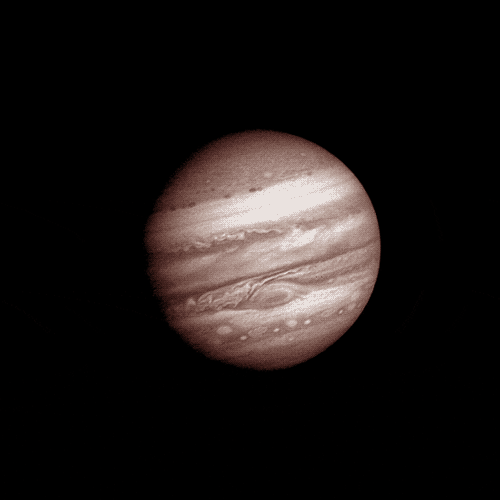
A Denied stardom status - Jupiter
Of all the planets in our solar system, Jupiter seems to stand out as this massive giants.
When scientists started uncovering the secrets of this mysterious planet, they discovered that Jupiter was probably a ‘star in the making’ during the early years of the solar system.
Jupiter and the sun
Jupiter has a lot in common with the sun than you think.
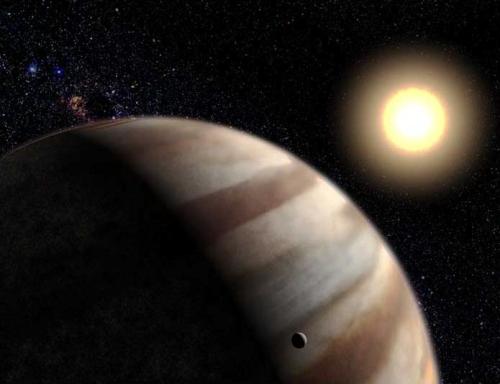
It is made of the same elements such as Hydrogen and Helium that are found in the sun and other stars!
But it is not massive enough and does not have have the pressure and temperature to fuse the existing Hydrogen atoms to form helium, which is the power source of stars.
How do stars form ?
Stars form directly from the collapse of dense clouds of interstellar gas and dust. Because of rotation, these clouds form flattened disks that surround the central, growing stars.
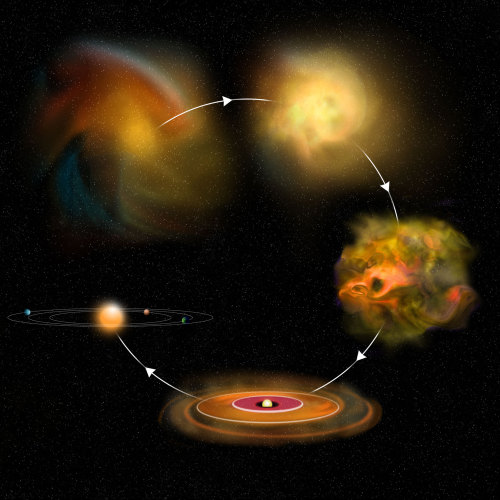
After the star has nearly reached its final mass, by accreting gas from the disk, the leftover matter in the disk is free to form planets.
How was Jupiter formed ?
Jupiter is generally believed to have formed in a two-step process:
First, a vast swarm of ice and rock ‘planetesimals’ formed. These comet-sized bodies collided and accumulated into ever-larger planetary embryos.
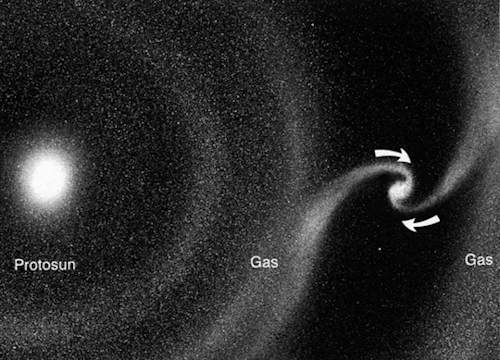
Once an embryo became about as massive as ten Earths, its self-gravity became strong enough to pull in gas directly from the disk.
During this second step, the proto-Jupiter gained most of its present mass (a total of 318 times the mass of the Earth).
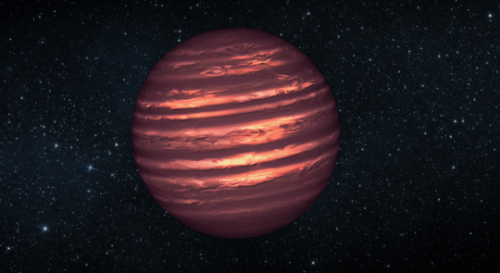
But sadly soon thereafter, the disk gas was removed by the intense early solar wind (from our sun) , before Jupiter could grow to a similar size.
This destroyed all hopes that Jupiter had on becoming a star
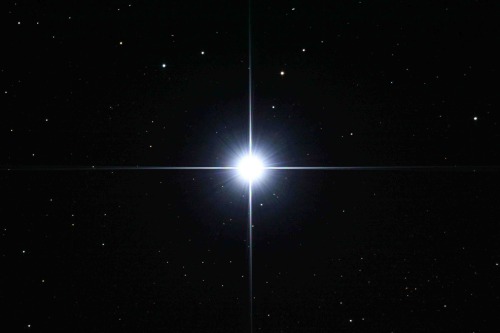
What if it had become a star ?
If Jupiter had become a star,our solar system would have become a binary star system.
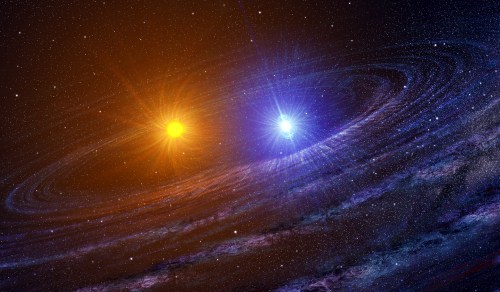
A binary star system is those systems having two stars.they both revolve around themselves in their own orbits.
It is interesting to note that most of the solar systems in the universe are binary,triple or higher multiple star systems but our sun is rather unusual.
In other star systems the mass distribution of the stars is equitable, but in ours the sun decided to not let that happen
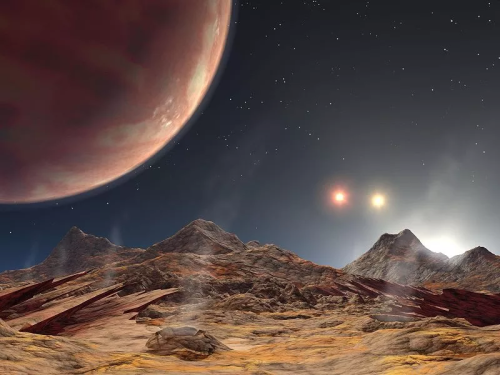
Why? We have no clue ! Scientists are still trying to fathom these mysterious details of the birth process. But the more we know, the more we learn we don’t know :D
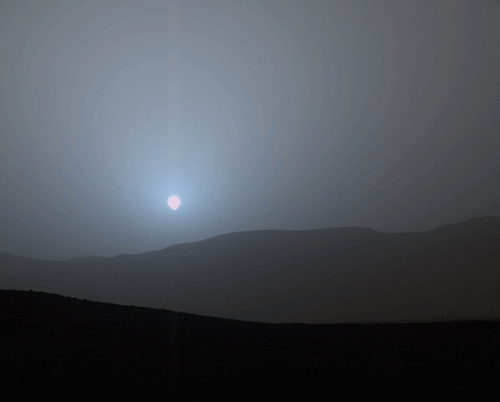
SUNSET IN MARS’ GALE CRATER
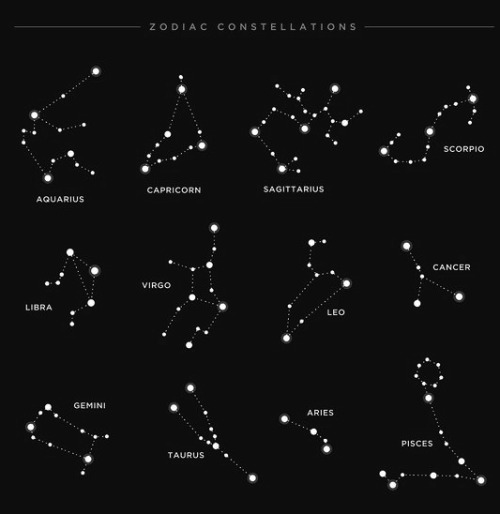
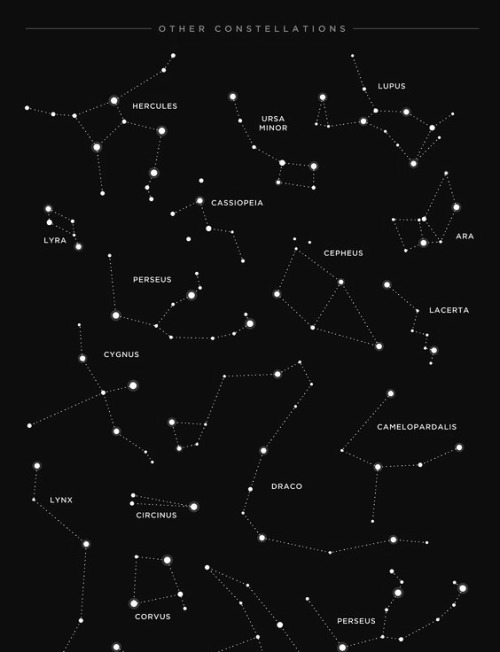
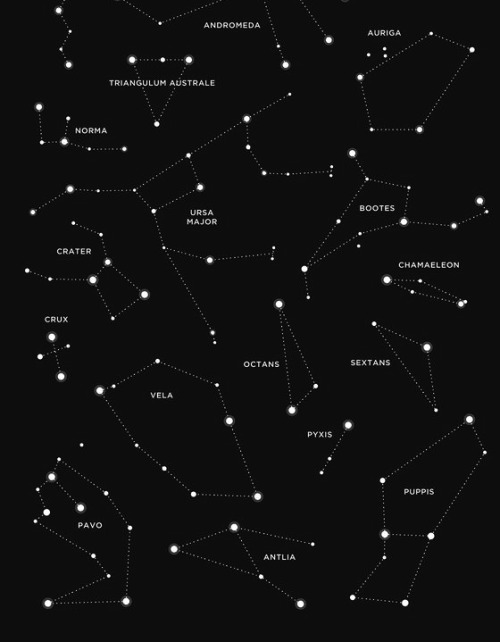
Definitely feeling these socks. ⭐⭐


I need them all



These planet pillows are made to look like the planets of our solar system along with the sun and the moon. Now you can feel the cozy warm embrace of space!
More info: http://odditymall.com/planet-pillows



2016 Mercury Transit, as seen by NASA’s SDO in 171 Angstroms.
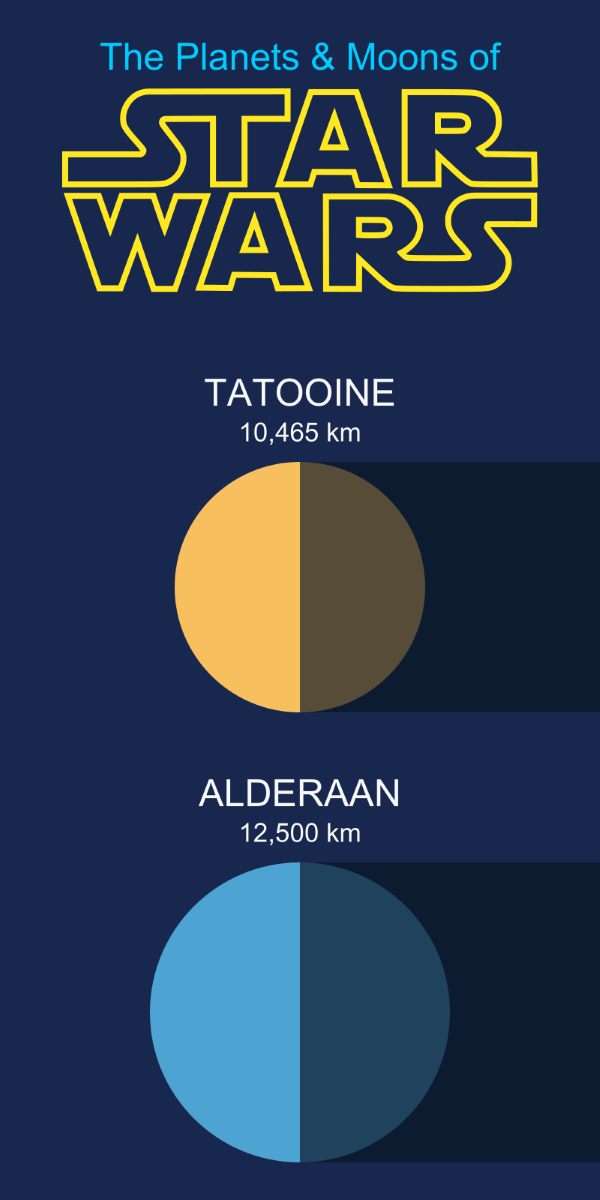
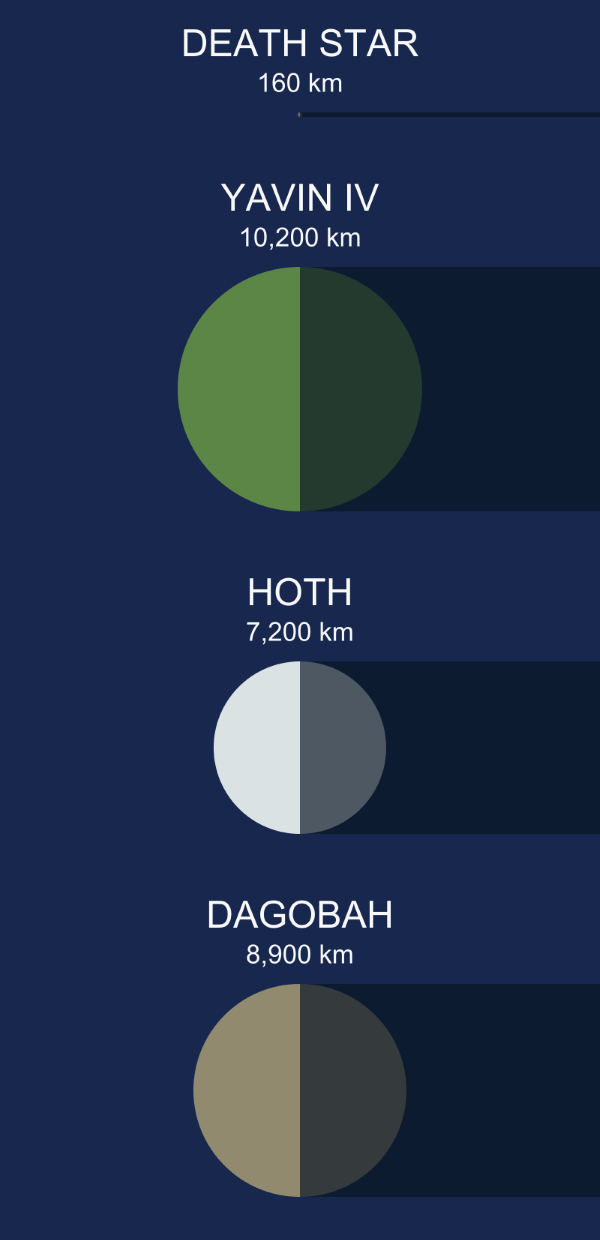
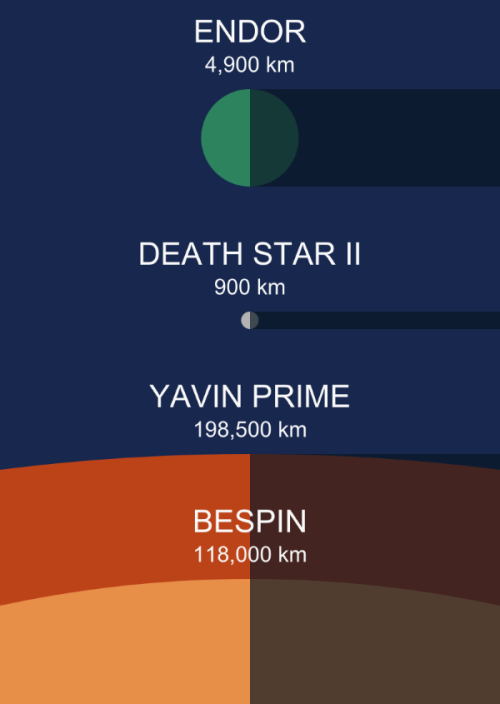
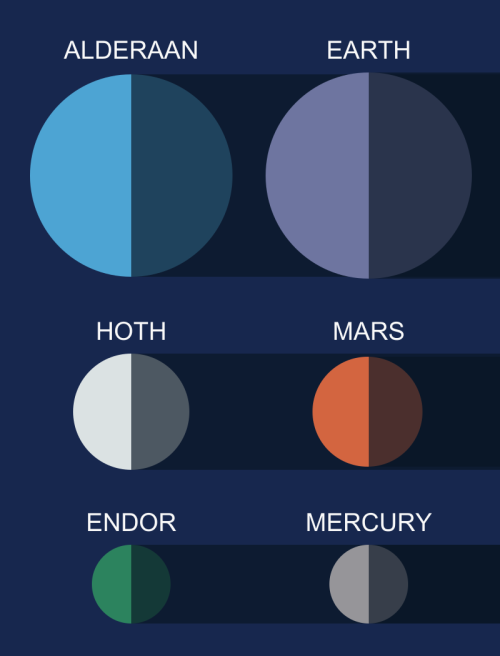
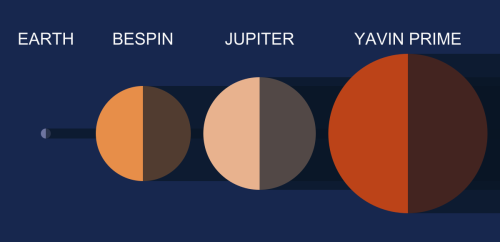
The planets, moons and Death Stars seen in the original (theatrical) Star Wars trilogy to scale.
Alderaan, famous for being destroying in A New Hope, is the closest in size to the Earth with a diameter of 12,500 km vs Earth’s 12,742 km average diameter.
Hoth is larger, but still the closest in size to Mars, with a diameter of 7,200 km vs Mars’ 6,779 km.
Endor, the smallest of the bodies to appear in the original trilogy, has a diameter of 4,900 km which makes it very slightly larger than our solar system’s smallest planet, Mercury which has a diameter of 4,879 km.
Of the gas giants seen in Star Wars, Bespin is very similar in size to Saturn (116,464 km average diameter) but is still quite a bit smaller than Jupiter (139,822 km), which in turn is much smaller than Yavin Prime, the largest planet to appear in the original trilogy.
http://space-facts.com/planets-moons-star-wars/
-
 ltd68 liked this · 6 years ago
ltd68 liked this · 6 years ago -
 genocider-syo-is-still-my-queen liked this · 6 years ago
genocider-syo-is-still-my-queen liked this · 6 years ago -
 yxcvbnm666 liked this · 6 years ago
yxcvbnm666 liked this · 6 years ago -
 peroxidebutch liked this · 6 years ago
peroxidebutch liked this · 6 years ago -
 byron4night liked this · 6 years ago
byron4night liked this · 6 years ago -
 traumabreizh liked this · 6 years ago
traumabreizh liked this · 6 years ago -
 datweirdbean liked this · 6 years ago
datweirdbean liked this · 6 years ago -
 recklesslystudying-blog liked this · 6 years ago
recklesslystudying-blog liked this · 6 years ago -
 darktoadempathmug-blog liked this · 6 years ago
darktoadempathmug-blog liked this · 6 years ago -
 snuggles-bowie-and-iced-coffee liked this · 6 years ago
snuggles-bowie-and-iced-coffee liked this · 6 years ago -
 wehhell liked this · 6 years ago
wehhell liked this · 6 years ago -
 shaggy4real liked this · 6 years ago
shaggy4real liked this · 6 years ago -
 carlewens liked this · 6 years ago
carlewens liked this · 6 years ago -
 jmsapphire liked this · 6 years ago
jmsapphire liked this · 6 years ago -
 esiabassah liked this · 6 years ago
esiabassah liked this · 6 years ago -
 themidnightwriter23 liked this · 6 years ago
themidnightwriter23 liked this · 6 years ago -
 jackofalltales liked this · 6 years ago
jackofalltales liked this · 6 years ago -
 wearewintercourt reblogged this · 6 years ago
wearewintercourt reblogged this · 6 years ago -
 willwork4theatre liked this · 7 years ago
willwork4theatre liked this · 7 years ago -
 rxkat liked this · 7 years ago
rxkat liked this · 7 years ago -
 aintnomessnomo liked this · 7 years ago
aintnomessnomo liked this · 7 years ago -
 tarpo liked this · 7 years ago
tarpo liked this · 7 years ago -
 feralninjaprincess liked this · 7 years ago
feralninjaprincess liked this · 7 years ago -
 newrider liked this · 7 years ago
newrider liked this · 7 years ago -
 give-pete-a-chance liked this · 7 years ago
give-pete-a-chance liked this · 7 years ago -
 davesnothere liked this · 7 years ago
davesnothere liked this · 7 years ago -
 discodroid liked this · 7 years ago
discodroid liked this · 7 years ago -
 theabyssiniancat liked this · 7 years ago
theabyssiniancat liked this · 7 years ago -
 xtxpain-blog liked this · 7 years ago
xtxpain-blog liked this · 7 years ago -
 helmsdeepwa liked this · 7 years ago
helmsdeepwa liked this · 7 years ago -
 glitterordeath reblogged this · 7 years ago
glitterordeath reblogged this · 7 years ago -
 seemybeautifuldarktwistedfantasy reblogged this · 7 years ago
seemybeautifuldarktwistedfantasy reblogged this · 7 years ago -
 seemybeautifuldarktwistedfantasy liked this · 7 years ago
seemybeautifuldarktwistedfantasy liked this · 7 years ago
Just a socially awkward college student with an interest in the celestial bodies in our universe.
279 posts